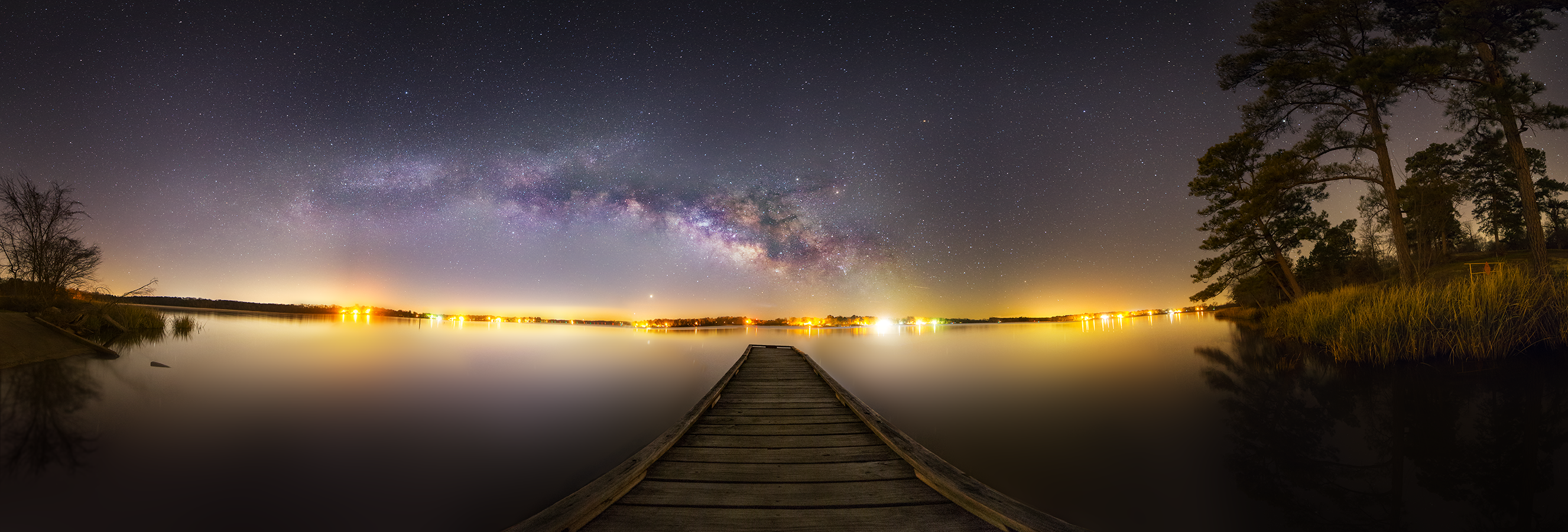Paste the link if you don't receive the images/can't access the links.
http://www.nytimes.com/2010/03/02/science/02topo.html
Be Well.
David

SAN FRANCISCO — In a dimly lit chamber festooned with wires and hidden in one of California’s largest data centers, Tim Pozar is changing the shape of the Internet.
He is using what Internet engineers refer to as a “meet-me room.” The room itself is enclosed in a building full of computers and routers. What Mr. Pozar does there is to informally wire together the networks of different businesses that want to freely share their Internet traffic.
The practice is known as peering, and it goes back to the earliest days of the Internet, when organizations would directly connect their networks instead of paying yet another company to route data traffic. Originally, the companies that owned the backbone of the Internet shared traffic. In recent years, however, the practice has increased to the point where some researchers who study the way global networks are put together believe that peering is changing the fundamental shape of the Internet, with serious consequences for its stability and security. Others see the vast increase in traffic staying within a structure that has remained essentially the same.
What is clear is that today a significant portion of Internet traffic does not flow through the backbone networks of giant Internet companies like AT&T and Level 3. Instead, it has begun to cascade in torrents of data on the edges of the network, as if a river in flood were carving new channels.
Some of this traffic coursing through new channels passes through public peering points like Mr. Pozar’s. And some flows through so-called dark networks, private channels created to move information more cheaply and efficiently within a business or any kind of organization. For instance, Google has privately built such a network so that video and search data need not pass through so many points to get to customers.
By its very nature, Internet networking technology is intended to support anarchic growth. Unlike earlier communication networks, the Internet is not controlled from the top down. This stems from an innovation at the heart of the Internet — packet switching. From the start, the information moving around the Internet was broken up into so-called packets that could be sent on different paths to one destination where the original message — whether it was e-mail, an image or sound file or instructions to another computer — would be put back together in its original form. This packet-switching technology was conceived in the 1960s in England and the United States. It made delivery of a message through a network possible even if one or many of the nodes of the network failed. Indeed, this resistance to failure or attack was at the very core of the Internet, part of the essential nature of an organic, interconnected communications web with no single control point.
During the 1970s, a method emerged to create a network of networks. The connections depended on a communication protocol, or set of rules, known as TCP/IP, a series of letters familiar to anyone who has tried to set up their own wireless network at home. The global network of networks, the Internet, transformed the world, and continues to grow without central planning, extending itself into every area of life, from Facebook to cyberwar.
Everyone agrees that the shape of the network is changing rapidly, driven by a variety of factors, including content delivery networks that have pushed both data and applications to the edge of the network; the growing popularity of smartphones leading to the emergence of the wireless Internet; and the explosion of streaming video as the Internet’s predominant data type.
“When we started releasing data publicly, we measured it in petabytes of traffic,” said Doug Webster, a Cisco Systems market executive who is responsible for an annual report by the firm that charts changes in the Internet. “Then a couple of years ago we had to start measuring them in zettabytes, and now we’re measuring them in what we call yottabytes.” One petabyte is equivalent to one million gigabytes. A zettabyte is a million petabytes. And a yottabyte is a thousand zettabytes. The company estimates that video will account for 90 percent of all Internet traffic by 2013.
The staggering growth of video is figuring prominently in political and business debates like the one over the principle of network neutrality — that all data types, sites and platforms attached to the network should be treated equally. But networks increasingly treat data types differently. Priority is often given to video or voice traffic.
A study presented last year by Arbor Networks suggesting that traffic flows were moving away from the core of the network touched off a spirited controversy. The study was based on an analysis of two years of Internet traffic data collected by 110 large and geographically diverse cable operators, international transit backbones, regional networks and content providers.
Arbor’s Internet Observatory Report concluded that today the majority of Internet traffic by volume flows directly between large content providers like Google and consumer networks like Comcast. It also described what it referred to as the rise of so-called hyper giants — monstrous portals that have become the focal point for much of the network’s traffic: “Out of the 40,000 routed end sites in the Internet, 30 large companies — ‘hyper giants’ like Limelight, Facebook, Google, Microsoft and YouTube — now generate and consume a disproportionate 30 percent of all Internet traffic,” the researchers noted.
The changes are not happening just because of the growth of the hyper giants.
- 1
- 2






No comments:
Post a Comment